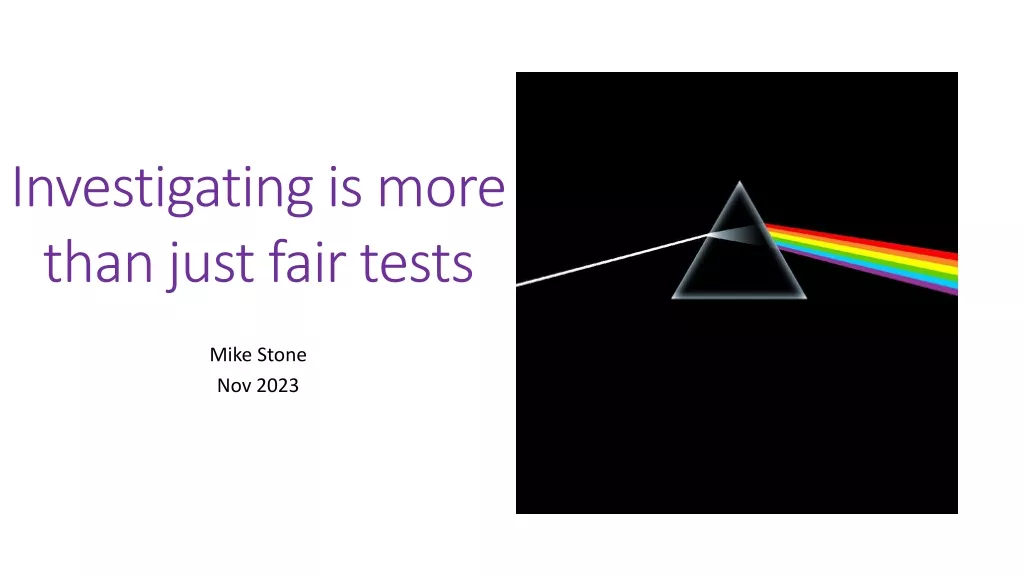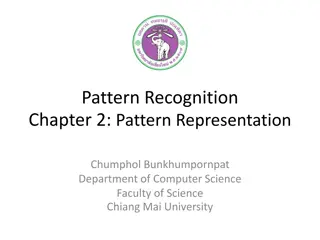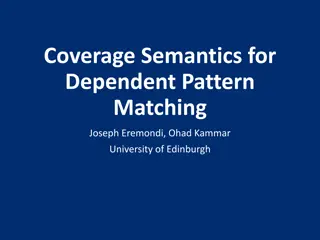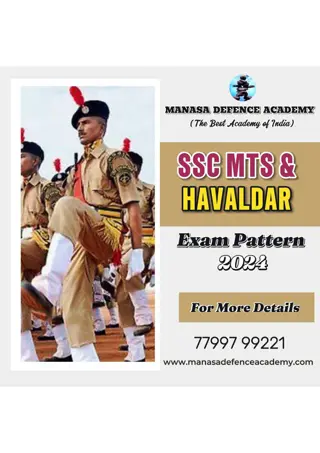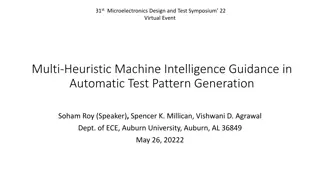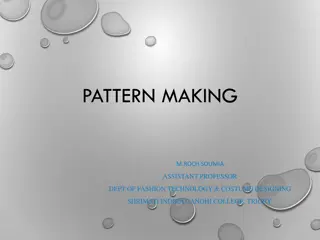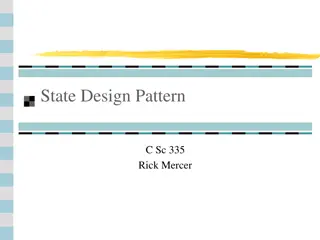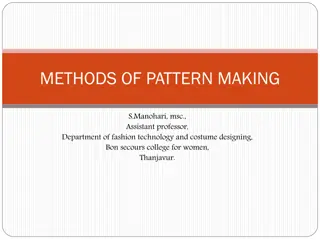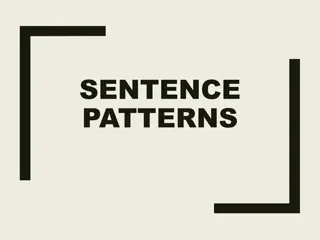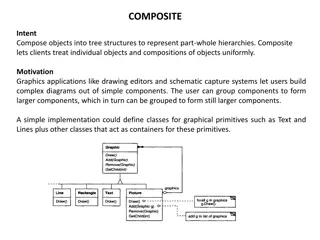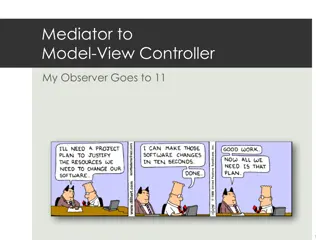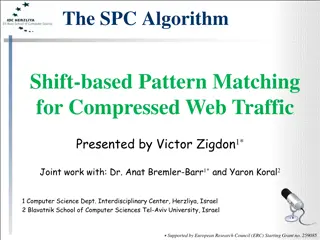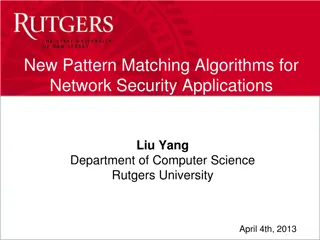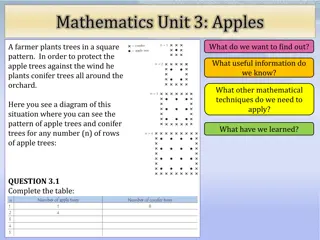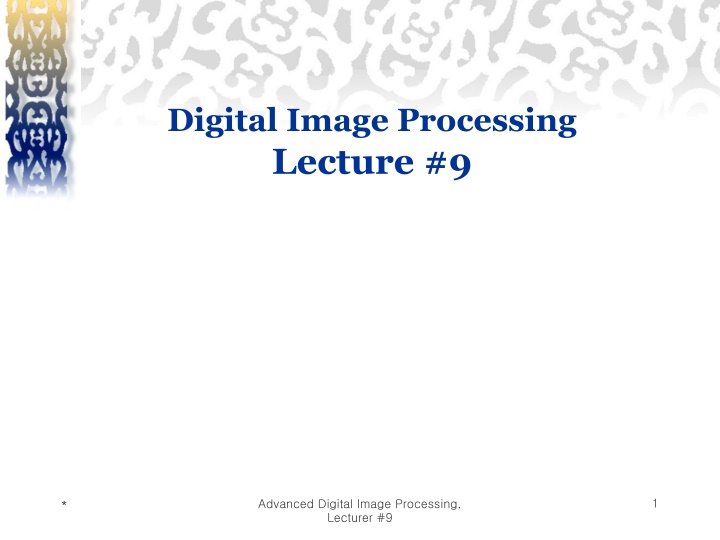
Advanced Pattern Recognition in Digital Image Processing
Explore advanced concepts in digital image processing, including pattern recognition techniques like template matching, PCA method, neural networks, and more. Learn about the requirements for pattern recognition systems, different learning methods, and basic approaches used in the field. Discover examples of commercial pattern recognition systems for various applications like optical character recognition and face recognition.
Download Presentation

Please find below an Image/Link to download the presentation.
The content on the website is provided AS IS for your information and personal use only. It may not be sold, licensed, or shared on other websites without obtaining consent from the author. If you encounter any issues during the download, it is possible that the publisher has removed the file from their server.
You are allowed to download the files provided on this website for personal or commercial use, subject to the condition that they are used lawfully. All files are the property of their respective owners.
The content on the website is provided AS IS for your information and personal use only. It may not be sold, licensed, or shared on other websites without obtaining consent from the author.
E N D
Presentation Transcript
Digital Image Processing Lecture #9 * 1 Advanced Digital Image Processing, Lecturer #9
Contents Pattern Recognition Template Matching PCA Method Subspace Method Knowledge-Based Approach Neural Network Hidden Markov Model (HMM) * 2 Advanced Digital Image Processing, Lecturer #9
Introduction: Pattern Recognition A pattern is an arrangement of descriptors (denoted as feature) or individual image regions (objects). A pattern class is a family of patterns that share some common properties Pattern recognition refers to the classification of objects or patterns * 3 Advanced Digital Image Processing, Lecturer #9
Requirements for Pattern Recognition Systems The design of pattern recognition systems requires that a set of training patterns, which are patterns with extrinsic pattern class labels be available Central theme of recognition is the concept of learning from sample pattern Formation of decision rules for pattern recognition or classification. * 4 Advanced Digital Image Processing, Lecturer #9
Pattern Learning Methods Supervised Learning: labeled training samples Unsupervised Learning: unlabeled training samples Semi-supervised Learning: labeled with few samples and then adapt more unlabeled samples * 5 Advanced Digital Image Processing, Lecturer #9
Example of Pattern Recognition Systems Commercial pattern recognition systems are available for, Optical character recognition, Face recognition, Speech recognition, Speaker recognition, Finger print recognition, etc. * 6 Advanced Digital Image Processing, Lecturer #9
Basic Approaches for Pattern Recognition Statistical Approach Structural or Geometrical Knowledge-Based Neural Network Hybrid Technology * 7 Advanced Digital Image Processing, Lecturer #9
Pattern Recognition: Statistical Statistical: The features are assumed to have a probability density function condition on the pattern class. Thus a pattern vector x belonging to class wj is viewed as an observation drawn randomly from the class condition density, p(x|wj), where, j=1, .,k * 8 Advanced Digital Image Processing, Lecturer #9
Pattern Recognition: Structural Not only quantitative measures about each feature but also the spatial relationships between the features determine class membership. Example, Finger print recognition: is based on the interrelationships of print features called minutiae. Together with their relative sizes and locations this features are primitive components that describe fingerprint ridge properties, such as abrupt endings, branching, merging and disconnected segment * 9 Advanced Digital Image Processing, Lecturer #9
Template Matching Correlation coefficient (0< t 1) Manhattan distance Where Mtis the total number of matched pixels and Ptis the total number of pixels. I(x,y) input image and Gt(x,y) is tth template image. * 10 Advanced Digital Image Processing, Lecturer #9
Multiple Feature Based Template Matching Use multiple features: Correlation coefficient Minimum distance If two methods classify the image into the same class then the pose is recognized; otherwise ignored. * 11 Advanced Digital Image Processing, Lecturer #9
Template Matching Image and Template are the same sizes (same resolution) Object size (in an image) grater/smaller according to camera and object distance, in that case, Multi-resolution templates or template pyramid are used Or, Original image is resized multiple times. * 12 Advanced Digital Image Processing, Lecturer #9
Example of Templates Test image (60x60) Sample Templates (60x60) * 13 Advanced Digital Image Processing, Lecturer #9
Face Detection Using Multi-resolution Templates Step 1: Prepare Template images with different resolutions Step 2: For each frame template image sliding starts from the (0,0) position of the image and progresses it by a given step size from left to right and top to bottom. Step 3: Measure Minimum distance or Correlation Coefficient Step 4: This process is done until template reaches the end of the input image Step5: Based on specific threshold detect face area and draw a boundary. * 14 Advanced Digital Image Processing, Lecturer #9
Face Detection Using Multi-resolution Templates This method uses the template images of (50X50), (60X60), (70X70), (80X80), (90X90), and (100x100) dimensions for face detection. * 15 Advanced Digital Image Processing, Lecturer #9
Sample Outputs of Face Detection (c) (d) (b) (a) (g) (f) (h) (e) * 16 Advanced Digital Image Processing, Lecturer #9
Assignment for Next Week (Student-Group1) Explain following terms using examples: Mean, median Variance Covariance Eigenvectors Eigenvalues PCA (principal component) * 17 Advanced Digital Image Processing, Lecturer #9
Questions? Or Suggestions? Thanks to all * 18 Advanced Digital Image Processing, Lecturer #9

